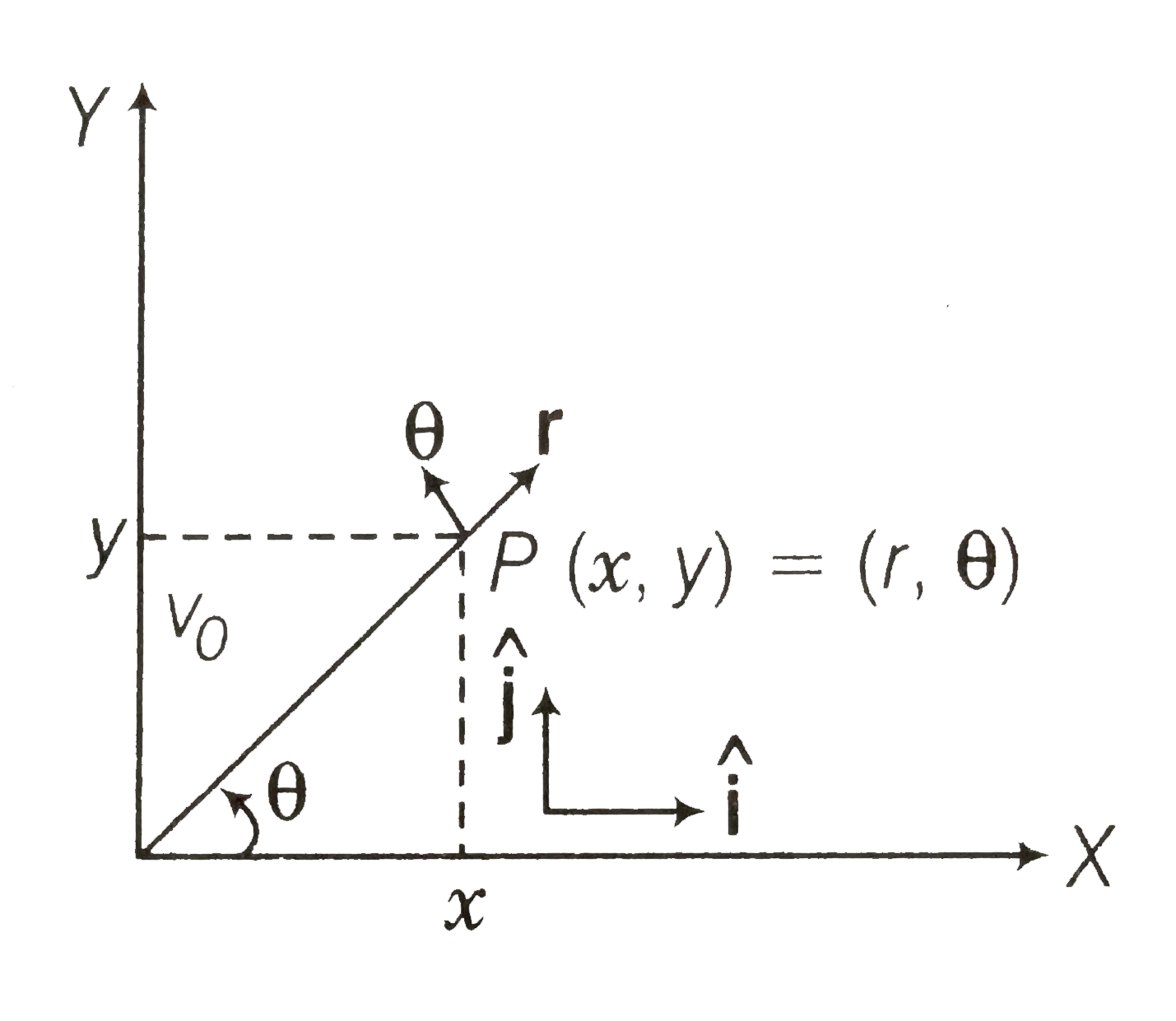Text Solution
Verified by Experts
|
Topper's Solved these Questions
MECHANICAL PROPERTIES OF SOLIDS
NCERT EXEMPLAR|Exercise LONG SHORT ANSWER TYPE QUESTION|16 VideosView PlaylistMOTION IN A STRAIGHT LINE
NCERT EXEMPLAR|Exercise Very Short Answer Type Qns|14 VideosView Playlist
NCERT EXEMPLAR-MOTION IN A PLANE-Multiple Choice Questions
- A ball is thrown from a roof top at angle of 40^(@)above the horizont...
04:37
|
Play - A football is kicked into the air vertically upwards. What is its (a) ...
01:21
|
Play - vec A , vec B and vec C are three non-collinear, non co-planar vectors...
02:56
|
Play - A boy travelling in an open car moving on a levelled road with constan...
02:15
|
Play - A boy throws a ball in air at 60^@ to the horizontal along a road wit...
02:52
|
Play - In dealing with motion of projectile in air, we ignore effect of air r...
02:53
|
Play - A fighter plane is flying horizontally at an altitude of 1.5 km with s...
04:03
|
Play - (a) Earth can be thought of as a sphere of radius 64 00 km. Any objec...
05:51
|
Play - Given below in Column I are the relations between vectors a,b and c an...
02:05
|
Play - If |A|=2 and |B| = 4, then match the relation in Column I with the ang...
02:57
|
Play - If | vec A | =2 and | vec B| =4, then match the relations in column ...
03:23
|
Play - A hill is 500 m high. Supplies are to be across the hill using a cano...
05:30
|
Play - A gun can fire shells with maximum speed v(0) and the maximum horizont...
07:31
|
Play - A particle is projected in aer an angle beta to a surface which itsel...
06:51
|
Play - A particle falling vertically from a height hits a plane surface incli...
03:47
|
Play - A girl riding a bicycle with a speed of 5 m//s to wards Noth directio...
07:29
|
Play - A river is flowing due east with a speed 3 m//s (Fig. 2 (EP) .31 ). ...
05:16
|
Play - A cricket fielder can throw the cricket ball with a speed v0. If he t...
05:10
|
Play - Motion in two dimensions, in a plane can be studied by expressing posi...
05:15
|
Playing Now - A man wants to reach from A to the opposite corner of the square C. T...
10:58
|
Play
